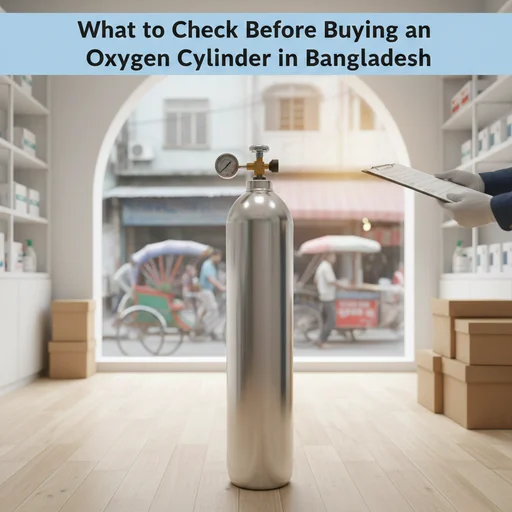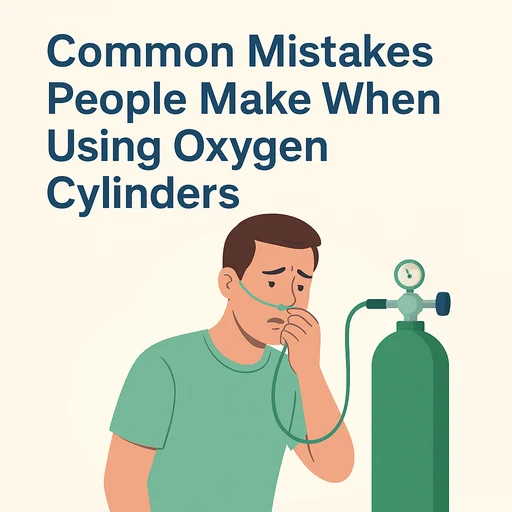Breathing is something most of us take for granted—until we can’t. For individuals living with pulmonary fibrosis, every breath becomes a conscious effort, a reminder that their lungs are fighting an uphill battle against scarring and stiffness. One question echoes through doctors’ offices and online forums alike: do patients with this progressive lung disease truly need medical oxygen? The answer isn’t as straightforward as a simple yes or no, but understanding when and why oxygen therapy becomes necessary can transform how patients manage their condition and reclaim their quality of life.
Understanding Pulmonary Fibrosis and Oxygen Levels
Pulmonary fibrosis is a ruthless condition that gradually replaces healthy lung tissue with thick, rigid scar tissue. Imagine trying to breathe through a wool sweater instead of through crisp, open air—that’s the reality for many patients. This scarring doesn’t just make breathing uncomfortable; it fundamentally disrupts how oxygen moves from the lungs into the bloodstream.
The buildup of scar tissue restricts the transfer of oxygen from the tiny air sacs in the lungs into the blood, causing low levels of oxygen in the blood. Your body measures this through oxygen saturation (SpO2), which indicates the percentage of hemoglobin molecules carrying oxygen. For healthy individuals, this number typically hovers between 95% and 100%. But for those with pulmonary fibrosis, that number tells a different story.
When Does Oxygen Therapy Become Necessary?
The threshold for requiring supplemental oxygen isn’t arbitrary—it’s grounded in physiological necessity. Doctors typically prescribe oxygen when oxygen levels drop below approximately 88%. This critical number represents the point where your body can no longer function optimally without assistance.
Most pulmonary fibrosis patients need oxygen at some point during their treatment, though the timing and extent vary significantly based on disease severity and lifestyle. Some patients discover they need oxygen only during specific activities—perhaps while climbing stairs, exercising, or even during sleep when breathing naturally slows. Others require continuous supplementation throughout the day and night.
Your doctor won’t make this determination lightly. They’ll measure your oxygen levels in various scenarios: sitting quietly, walking down a hallway, exercising on a treadmill, and during sleep. This comprehensive assessment ensures that your oxygen prescription matches your actual needs across different daily activities.
The Life-Changing Benefits of Supplemental Oxygen
What happens when you start using medical oxygen? The transformation can be remarkable. Many patients report experiencing less breathlessness and fatigue, becoming better able to maintain an active lifestyle. Suddenly, that walk to the mailbox doesn’t feel like a marathon. Conversations don’t leave you gasping for air. Sleep becomes restorative rather than exhausting.
Oxygen therapy may help reduce shortness of breath and make it easier to stay active. This isn’t just about comfort—it’s about maintaining independence and engagement with life. The psychological relief that comes with breathing easier cannot be overstated. Anxiety around breathlessness diminishes when you know you have the support you need.
Beyond symptom relief, maintaining adequate oxygen levels protects your other organs. Your heart doesn’t have to work overtime to compensate for low oxygen. Your brain remains sharp and focused. Your muscles retain their strength and endurance. In essence, proper oxygenation becomes the foundation for overall health maintenance.
Determining Your Individual Oxygen Needs
Here’s where personalization becomes paramount. Each pulmonary fibrosis patient’s oxygen needs are unique and depend on the severity of their disease and lifestyle. A retired individual with early-stage disease might only need oxygen during physical activity or sleep. An active professional with more advanced scarring might require continuous oxygen to maintain their daily routine.
Your healthcare team will conduct various tests to pinpoint your specific requirements. Pulse oximetry during rest provides baseline measurements. Six-minute walk tests reveal how your oxygen levels change with exertion. Overnight oximetry studies capture what happens while you sleep. These assessments paint a complete picture of your oxygenation patterns.
The prescription itself will specify flow rates—how many liters per minute you need—and when to use oxygen. Follow this guidance meticulously. Using too little oxygen won’t adequately support your body. Using more than prescribed isn’t necessarily better and could interfere with your natural breathing drive in some cases.
Accessing Reliable Oxygen Supply
Once oxygen therapy becomes part of your treatment plan, reliable access becomes non-negotiable. You need a supplier you can trust—one that delivers consistently, services equipment properly, and responds quickly during emergencies.
In Bangladesh, where healthcare infrastructure varies across regions, finding a dependable oxygen supplier makes all the difference. Patients in Dhaka and surrounding areas can access government-approved oxygen supply services that provide medical-grade oxygen cylinders with 24/7 support and rapid delivery. Whether you need to purchase, rent, or refill cylinders, having a reliable partner eliminates one significant source of anxiety from managing a chronic respiratory condition.
Beyond cylinders, consider whether an oxygen concentrator might suit your needs. These devices extract oxygen from room air, eliminating the need for refills. Your healthcare provider can help determine which oxygen delivery system best fits your lifestyle and disease progression.
Living Well with Oxygen Therapy
Starting oxygen therapy doesn’t mean surrendering to your disease—it means equipping yourself to fight back. Modern portable oxygen systems allow remarkable mobility. You can travel, socialize, pursue hobbies, and maintain your career with the right equipment and planning.
Education is your ally here. Learn how to use your equipment correctly. Understand safety precautions around oxygen, which supports combustion. Know how to troubleshoot common issues. Keep backup supplies for emergencies. Create systems that make oxygen therapy feel like a seamless part of your routine rather than a constant inconvenience.
Connect with other patients who use oxygen therapy. Their practical wisdom about managing tubing, dealing with nasal dryness, traveling with oxygen, and maintaining social connections proves invaluable. Support groups—whether in-person or online—offer both emotional support and practical strategies.
The Bottom Line
So, do patients with pulmonary fibrosis need medical oxygen? Many will, eventually. But “need” doesn’t mean defeat—it means accepting powerful support that enables you to breathe easier, stay active, and protect your overall health. The question isn’t whether you’ll need oxygen but rather how to access it reliably when the time comes.
Work closely with your healthcare team to monitor your oxygen levels. Don’t wait until breathlessness becomes unbearable to discuss supplemental oxygen. Early intervention often yields better outcomes and helps you maintain quality of life longer. Remember that oxygen therapy is a tool, not a limitation. Used correctly, it becomes the bridge between your diagnosis and your continued engagement with everything that makes life meaningful.
If you’re navigating pulmonary fibrosis, stay informed, stay proactive, and stay connected with healthcare providers who understand your journey. Your breath is precious—give it the support it deserves.













